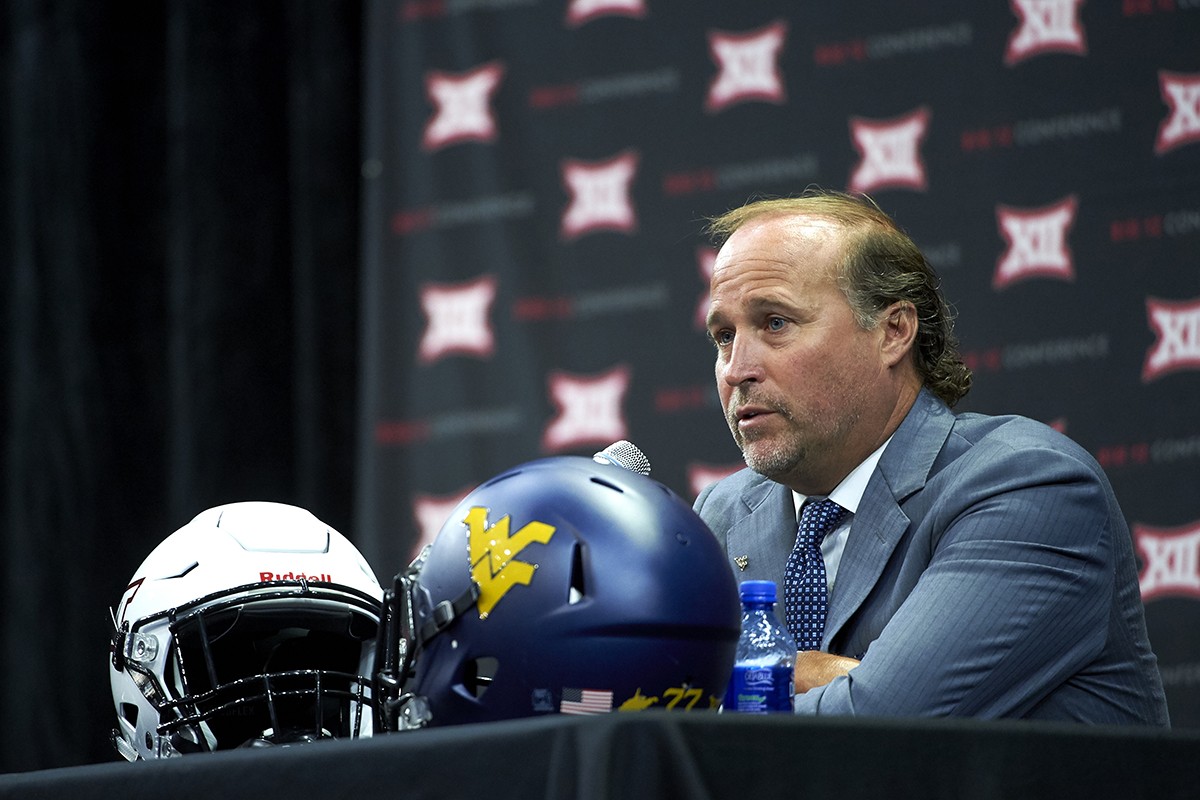FRISCO, Texas — Applauding in consensus over the NCAA’s relaxation of redshirt rules, college football coaches must now determine how best to strategize the new roster flexibility.
Playing freshmen could lend meaning to lower-tier bowl games — that’s the most obvious benefit — and teams battered by injuries can find temporary relief.
The most cunning coaches might even design specific gadget plays for backups. Imagine a fourth-string quarterback lining up at receiver for a double pass. Or how about a coach giving an unscouted player a chance at a surprise cameo in the national title game?
“It’s going to have a huge impact,” said Oklahoma coach Lincoln Riley. “Whether you use it to try guys out, whether you use it in big games, or to get depth better, or whether you use it at the end of a season, there’s so much strategy to it.”
Under the previous system, playing just one snap would cost a player a full year’s eligibility. Beginning this fall, players may appear in four games without sacrificing their redshirt.
West Virginia’s Dana Holgorsen envisions NFL-style call-ups for overachieving practice players. He already had no qualms about inserting then-true freshman David Sills at receiver in Game 6 of the 2015 season. And in the 11th game, the Mountaineers infamously elevated true freshman Martell Pettaway to his first action when the running back scenario turned dire.
Now, without penalty of burning a redshirt, Holgorsen could substitute more liberally on a weekly basis.
“Your scout teams are going to be more of a farm system,” he said. “You may be on scout team, but there’s a whole bunch of eyes on you. We can call you up at any point.”
Holgorsen’s message to young players participating in WVU’s Thursday night developmental scrimmages: “You may catch the eye of a coach and we may activate you on Saturday.”
Along with keeping young players engaged, it’s also a message Holgorsen aims to hold assistants accountable. No longer does he want coaches ignoring the redshirt players.
“It’s always been a pet peeve of mine when an assistant says ‘Those guys are redshirting, so I’ll worry about them next semester.’ Well that prohibits them from developing the right way,” Holgorsen said. “I say, find time now and coach them. You never know when you’re going to need one of those guys.”
Holgorsen credits TCU’s Gary Patterson for championing the new redshirt flexibility. A vice president of the American Football Coaches Association, Patterson has been pushing the change for several years, in light of conferences adding championship weekends and the national playoffs meaning two teams could face 15-game schedules.
Suddenly, if bad luck strikes, the entire roster is at a coach’s disposal.
“For health reasons, it will give us a lot more depth at the end of the season,” Patterson said. “Nobody’s outside the realm of possibility now.”
There’s also an integrity gain, considering how coaches played loose with documentation on medical redshirts.
“There’s probably no more faking injuries after Game 3,” Holgorsen said, “which everybody did.”




